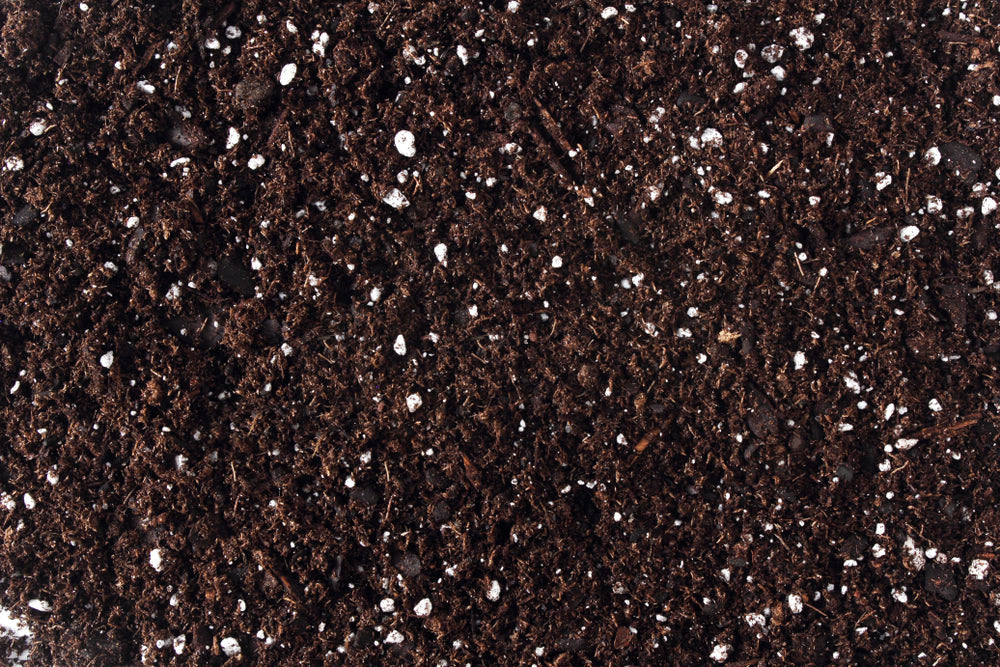Recycling and reuse are common topics when it comes to sustainability in any area, and your garden or landscape is no exception. In particular, reusing potting soil can have some significant benefits for not just sustainability itself, but for the health of your plants.
At Anderson's Seed and Garden, we're happy to offer a wide range of potting soils and other soil products along with our bulk flower and vegetable seeds, helping clients with all their potting and related gardening needs. Here are some tips from our pros on the value and benefits of reusing potting soil, some examples of common applications for reused potting soil, plus some tips for doing so and a few rare situations when potting soil should not be reused.
Why Reusing Potting Soil is Often Beneficial
Here are some of the chief reasons why reusing potting soil is often beneficial, both for sustainability concepts and for the health of your plants:
- Cutting down waste: One of the chief benefits of reusing potting soil is that it can help you minimize how much wasted soil you have to dispose of. This is a particularly helpful factor if you are gardening on a large scale.
- Reducing environmental impact: By reusing potting soil, you can minimize the amount of resources that need to be used for your gardening projects. This includes things like energy and soil depletion, as well as reducing carbon emissions associated with transporting new potting soil.
- Cost effective: Reusing potting soil can also save you money in the long run, as you won't have to constantly purchase new bags of soil for each planting season.
- Good for plant health: Potting soil contains beneficial microorganisms and nutrients that can help promote healthy plant growth. By reusing it, these elements are replenished and can continue to benefit your plants.
Examples of Reusing Potting Soil
While this is far from an exhaustive list, here are some examples of ways gardeners commonly reuse their potting soil to great effect:
- Use in compost: Some of the most common uses for used potting soil involve making compost. The soil can be mixed with other compostable materials to create a rich, nutrient-filled mixture that can be added to garden beds or potted plants.
- Mix with fresh soil: Many gardeners mix their old potting soil with new or fresh soil. This helps to balance out the nutrients and microorganisms in the mixture, ensuring that plants have access to all the elements they need for healthy growth.
- Use as mulch: Potting soil can also be used as a mulch layer on top of garden beds. This helps retain moisture and regulate temperature, creating a healthier environment for plants.
- Donate to community gardens: If you are unable to reuse or recycle your potting soil, consider donating it to a community garden. Many community gardens rely on donations and would greatly appreciate the contribution.
How to Reuse Potting Soil
Here are some basic steps to reuse potting soil and ensure its continued effectiveness:
- Remove any large debris: Before reusing potting soil, make sure to remove any large debris such as twigs or rocks.
- Break up clumps: Use a garden fork or trowel to break up any clumps in the soil. This will help create a more even texture and prevent air pockets from forming.
- Mix in fresh compost: Add some fresh compost to the old potting soil to replenish nutrients that may have been depleted over time.
- Check for pests or disease: Inspect the reused potting soil for any signs of pests or disease before using it again. If you notice anything suspicious, it's best to discard the soil and start with fresh potting mix.
- Consider sterilizing the soil: If you had any issues with pests or disease in your previous plants, it may be a good idea to sterilize the reused potting soil before using it again. This can be done by heating the soil in an oven at 180-200 degrees Fahrenheit for about 30 minutes.
- Add perlite or vermiculite: To improve drainage and aeration, consider adding some perlite or vermiculite to the reused potting soil. These materials will also help prevent compaction.
Issues to Watch For
Here are a few issues to watch for when reusing potting soil, plus a few related examples of situations where you should actually steer clear of doing so:
- Pests or disease: If you've had issues with pests or disease in your previous crop, it's best to avoid reusing the potting soil. These issues can linger in the soil and affect future plants.
- Nutrient depletion: Reused potting soil may have depleted nutrients from the previous crop, so it's important to replenish these nutrients before using it again.
- pH balance: Some plants prefer acidic soil while others prefer alkaline soil. If you're reusing potting soil for a different type of plant, make sure to test the pH level and adjust accordingly.
- Soil compaction: As mentioned earlier, reused potting soil can become compacted over time. It's important to amend the soil by adding organic matter to improve aeration and drainage.
At Anderson's Seed and Garden, we're here to help with all your needs when it comes to potting soil, including reusing potting soil. Contact us today for help with this, or to learn about any of our bulk flower or vegetable seeds!

